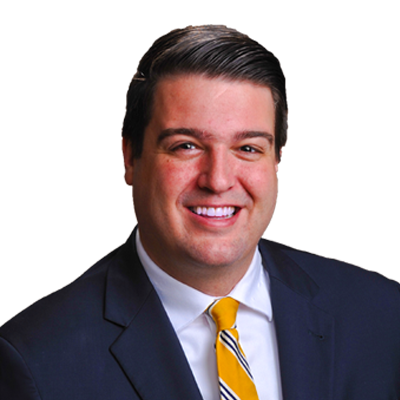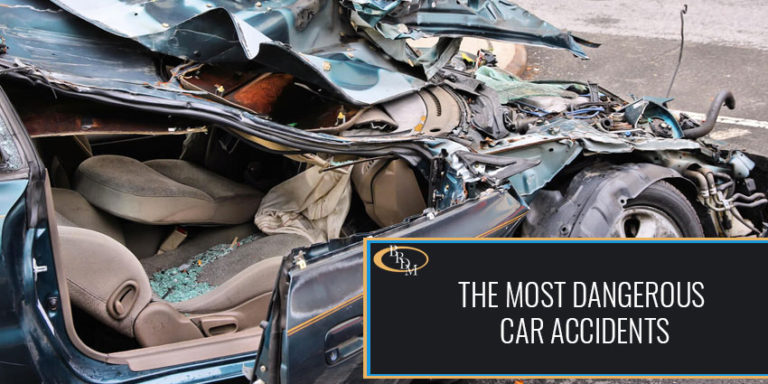In the US, car accidents are one of the top causes of death. Head-on collisions are the most dangerous, and while they are not common, they still account for more than 10% of all car accident fatalities. In this article we will talk about the most dangerous types of car accidents, the injuries resulting from them, and how you can receive compensation for your damages.
Table of Contents
Head-On Collisions
A head-on collision is when two vehicles traveling towards each other collide. This situation often happens when one vehicle veers into the other lane and causes a collision. Distracted driving, driving under the influence of drugs or alcohol, and driving while drowsy are the most common reasons for head-on collisions. Which explains why head-on collisions do not usually occur at slow speeds.
If both vehicles are traveling at an average of 40mph at the time of impact, it would be comparable to a collision at 80mph. The likelihood of a fatality in an 80mph collision is exceedingly high. People that are involved in these kinds of accidents will typically suffer severe injuries and require extensive medical treatment and can expect a long recovery time. The results are expensive medical bills, including ongoing medical care and therapy. These medical expenses, along with other financial losses such as pain and suffering, and lost wages, can be overwhelming, even devastating!
Multi-Car Accidents
Two car accidents are the most common type of accident and can cause significant damage. But when the number of vehicles involved in an accident increases, so does the likelihood of serious and severe injuries. A multi-car accident (an accident involving 3 or more vehicles) often occurs as a chain reaction where one vehicle hits another, and that vehicle hits another, and that vehicle hits another…or when a vehicle hits the car in front of them and then they are struck from behind by another driver, who may be struck from behind by the next driver. When multi-car or pileup accidents happen, the people in the initial collision are unable to avoid the onslaught of additional vehicles and suffer more personal and property damage. These types of accidents also have a greater risk of fires, explosions, and flying debris.
Side Impact Collisions
Side impact collisions are the most common accident type – nearly 30% of all motor vehicle accidents are side impact accidents. A side impact collision occurs when one vehicle runs into the side of another vehicle. This commonly happens at intersections, when one vehicle passes another on a multi-lane road, and in parking lots. The damage caused in this type of accident can vary based on a number of factors, but usually the vehicle that is struck and the passengers inside sustain more significant damage and injuries than the vehicle hitting them.
Cars today come equipped, or have the option to equip, side airbags and side curtain airbags, which provide protection in the event of a side impact accident. However, all vehicles have front and rear bumper protection as well as crumple zones that collapse when there is significant impact. Thereby making the striking vehicle safer for those in it. A car that is broadsided will have more serious injuries and a higher risk of fatalities.
Rollover Car Accidents
Rollover accidents can occur when the driver attempts to turn the vehicle too fast and too far in an attempt to avoid an unexpected obstacle or as an evasive measure to avoid a collision. Other causes of rollover accidents include the angle that a vehicle is impacted or when a driver simply lost control of the car. Large trucks and SUVs are more susceptible for rollover accidents.
The injuries from this type of accident can be significant, especially if the people inside are not properly wearing seatbelts.
What to Do After an Accident
If you have been in a dangerous car accident and suffered serious injuries, seek medical treatment right away. And then talk to an experienced personal injury lawyer. There are many types of car accidents, and they all have the potential to cause serious long-term injuries, leaving you with medical expenses, lost wages, and more.
Review your case with an attorney to see if you are eligible to receive compensation from the other driver’s insurance company. Depending on the circumstances of the accident, proving fault can be quite simple and clear-cut. However, frequently determining liability can be more complicated. Fault or liability is primarily determined by the degree of negligence that can be attributed to each party involved.
Negligence means careless or inadvertent conduct that results in harm or damage. One can be negligent by failing to do something, such as not coming to a complete stop at an intersection, failing to yield when you do not have the right-of-way, or by actively doing something they should not have done, such as running a red light or speeding.
A driver must use reasonable care to avoid injuring other drivers or pedestrians. If reasonable care is not demonstrated and someone is harmed as a result, the driver can be financially liable for that person’s injuries and other losses.
Examples of Reasonable Care
- Driving at a reasonable speed
- Stopping at a red light
- Watching for pedestrians
- Following the vehicle ahead at a safe distance
- Maintaining control of the car
- Maintenance and proper use of vehicle equipment
Contact Us Today
If you were injured in an accident with a driver who did not exercise reasonable care, the personal injury attorneys at Battaglia, Ross, Dicus & McQuaid, P.A. can make the difference in ensuring you get full compensation for your injuries and damages. We know how to prove the other driver’s negligence and ensure you get what you are entitled to receive.
We are Florida’s top-rated personal injury attorneys – providing personalized legal advice addressed to meet your individual needs.
Contact us today and we will fight to get the results you deserve.



